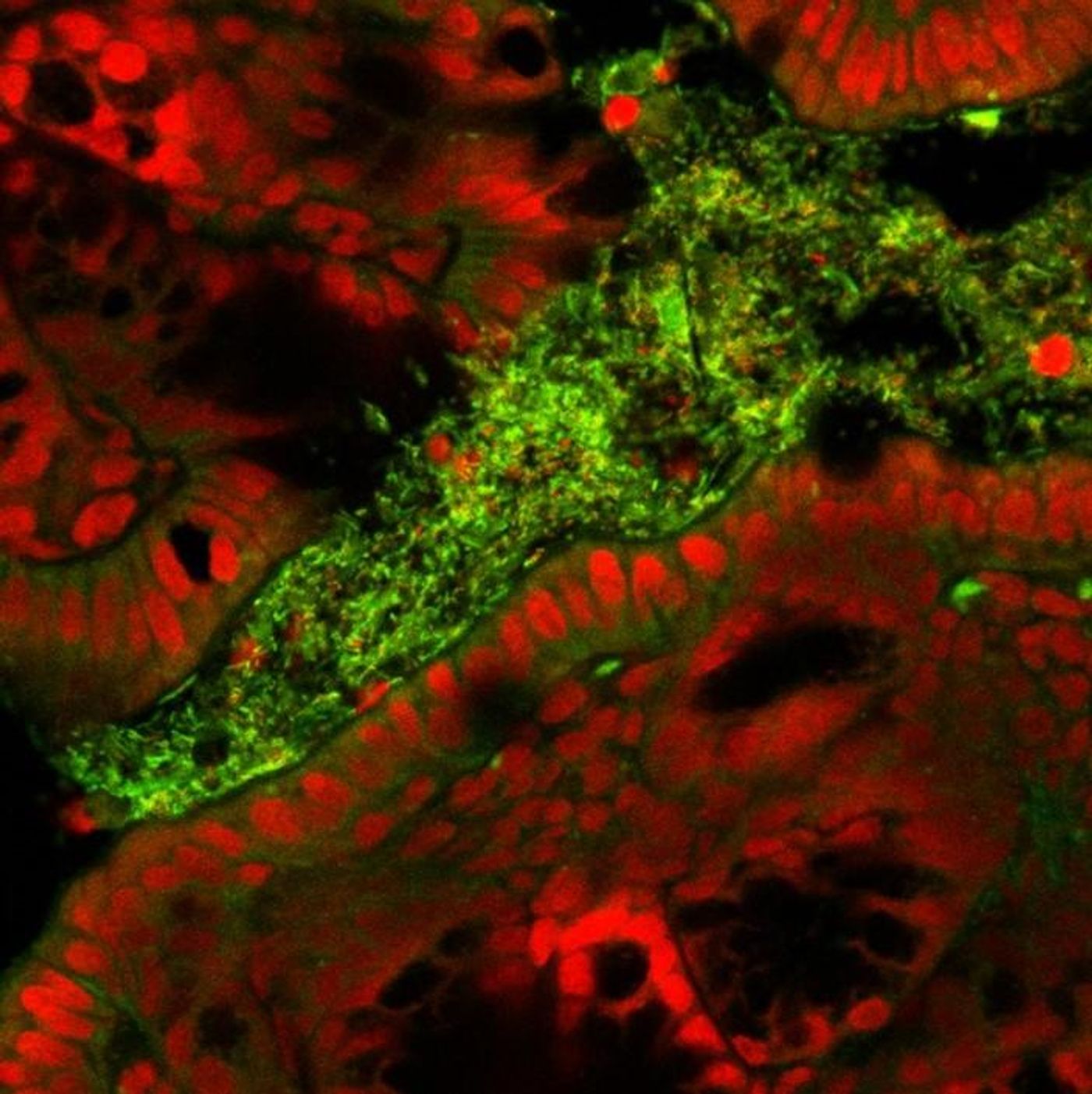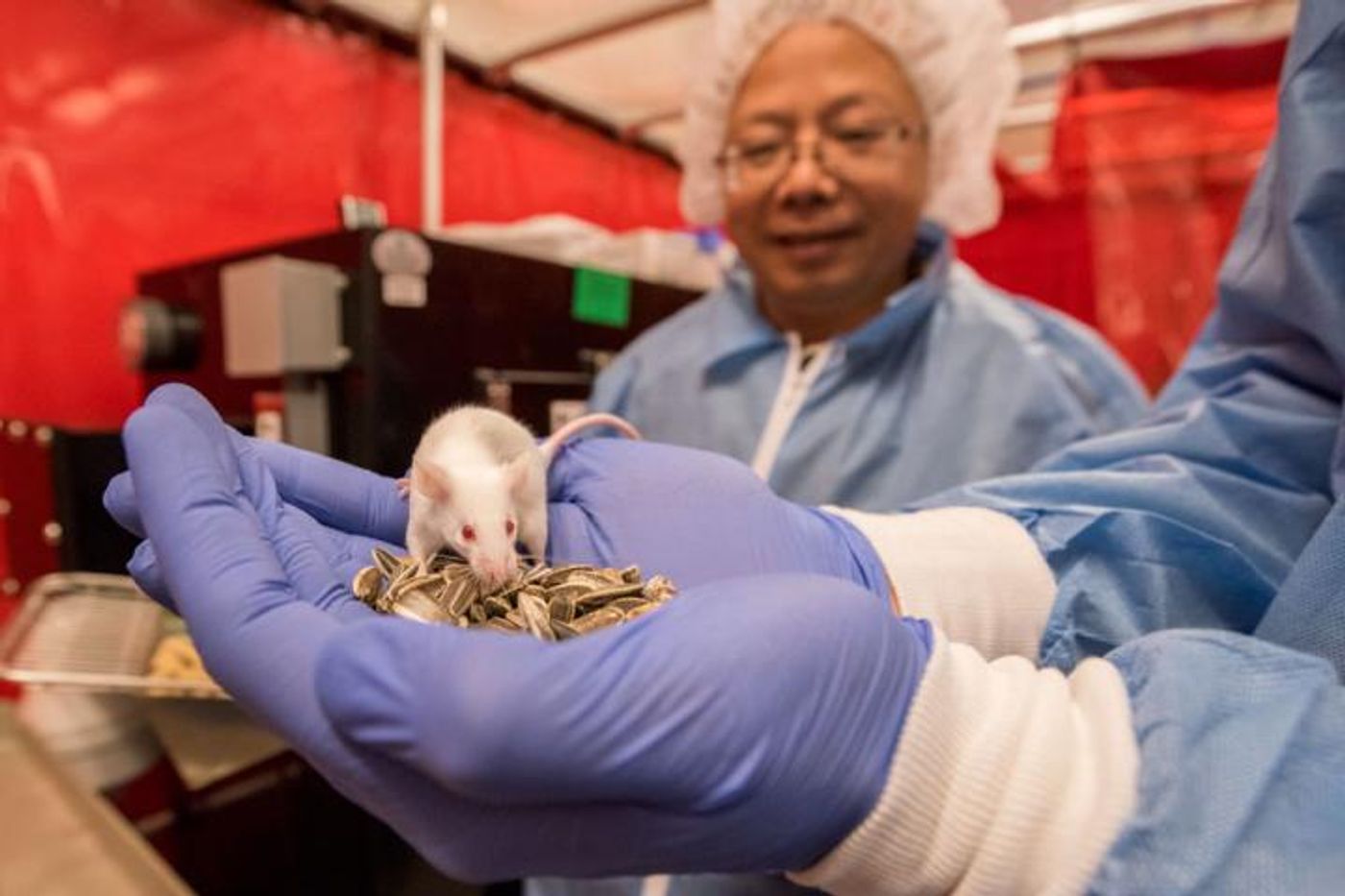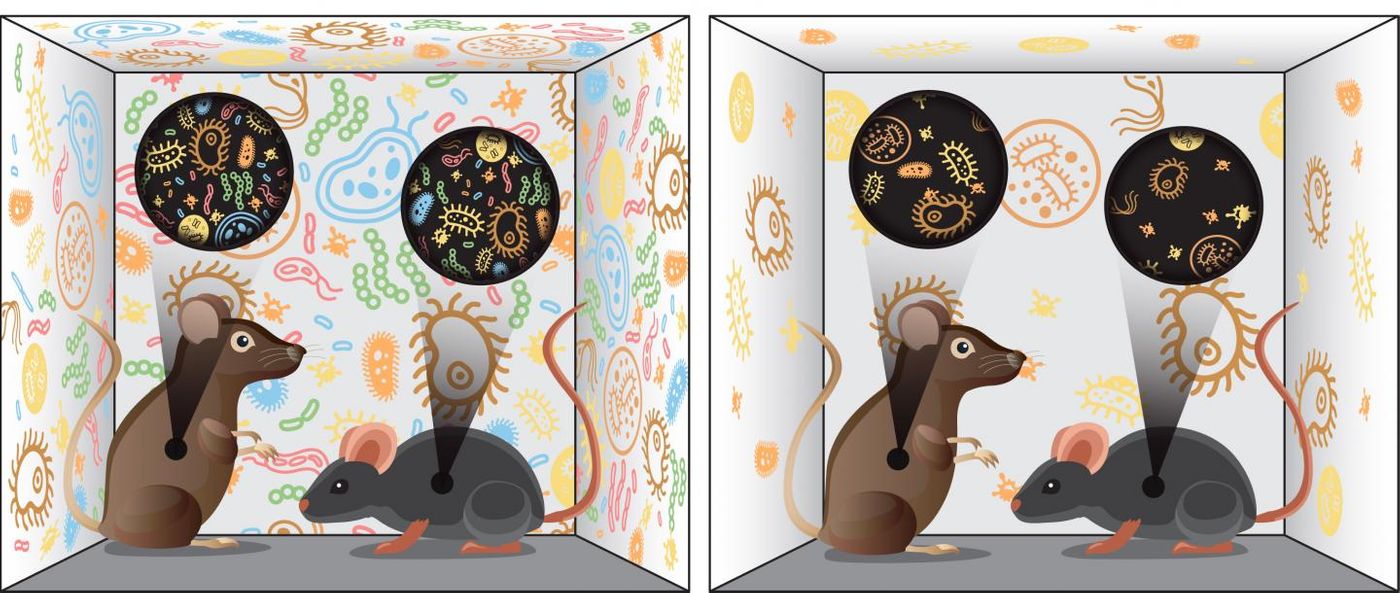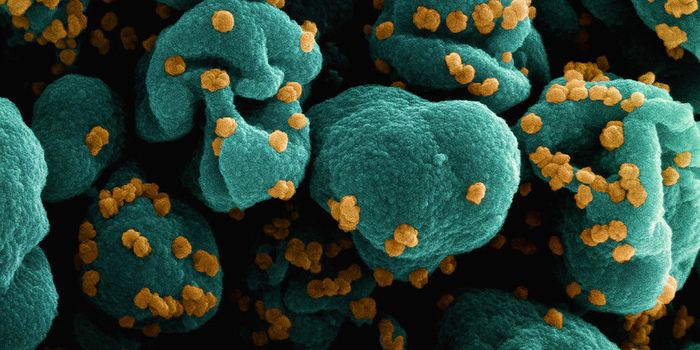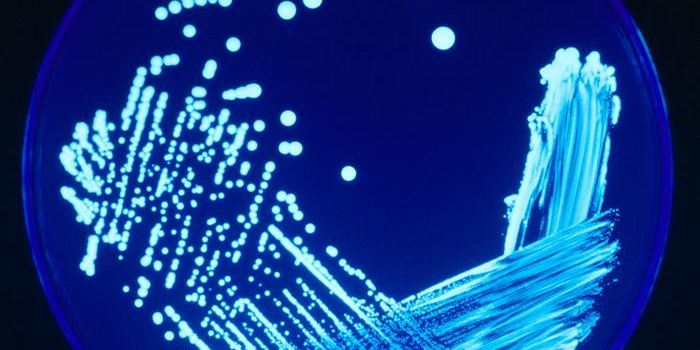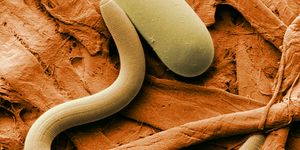Animals live in symbiosis with microorganisms, and that concept was established as early as the nineteenth century. Because of advances in genomic technology, scientists have been able to learn a lot more about the species of microbes that reside in our guts and how they are relevant to our health. Evidence has built that the community of microbes in our gastrointestinal tract, our gut microbiome, is of critical importance to our health. Researchers have sought to understand how the microbiome is established, and recently learned more about it.
Reporting in Nature Microbiology, a research team from the Department of Energy's Pacific Northwest National Laboratory (PNNL) and Lawrence Berkeley National Laboratory (Berkeley Lab) has linked certain genes in their model, a genetically diverse mouse, to the types of microbes that are in the gut and how much of them there are.
"We are starting to tease out the importance of different variables, like diet, genetics and the environment, on microbes in the gut," said the corresponding author of the study, PNNL's Janet Jansson. "It turns out that early life history and genetics both play a role."
By analyzing over 50,000 small genetic variations, called SNPs, in mice, around 100 were identified that have an effect on the gut microbe population. Those variations were present in a variety of genes, which also have a high degree of similarity to genes that cause human diseases like arthritis, diabetes, colon cancer, Crohn's and celiac disease when they are dysfunctional.
There was one bacterium in particular that was influenced by the genes of its mouse host, Lactobacillales, and was also linked to higher levels of T-helper cells, an important type of immune cell. That result suggests that the microbiome is related to the immune response, and microbes in the gut could be influencing the immune system and affecting vulnerability to disease.
"We know the microbiome likely plays an important role in fighting infections," said the first author of the work, Antoine Snijders of the Berkeley Lab. "We found that the level of T-helper cells in the blood of mice is well explained by the level of Lactobacillales in the gut. It's the same family of bacteria found in yogurt and very often used as a probiotic."
For this study, sets of mice with a diverse genetic background were used in order to mimic a human population. They were housed in different environments for their first four weeks of life. Fecal samples from the mice were used to assay their gut microbiomes, and they were then moved to another housing environment.
Not only did the microbiome of the mice obtain a microbial signature based upon where they were initially housed, that signature was retained. Intriguingly, the signature was even carried into the next generation of mice.
"The early life environment is very important for the formation of an individual's microbiome," said Jian-Hua Mao, the corresponding author from Berkeley Lab. "The first dose of microbes one gets comes from the mom, and that remains a strong influence for a lifetime and even beyond."
This work demonstrated that both genes and environment shaped the microbiomes of the mice. The researchers showed that genes that correlated to microorganism presence and level were similar to human disease genes. They also found that changes in diet can determine the role of a microbe inside the gut.
"Our findings could have some exciting implications for people's health," said Jansson. "In the future, perhaps people could have designer diets, optimized according to their genes and their microbiome, to digest foods more effectively or to modulate their susceptibility to disease."
If you’d like to know more about the gut microbiome and how it relates to disease, check out the video above from the American Society for Microbiology.
Sources:
AAAS/Eurekalert! via Department of Energy/Pacific Northwest National Laboratory,
Nature Microbiology
